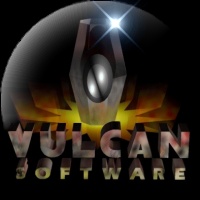An editor has nominated this article for deletion. You are welcome to participate in the deletion discussion , which will decide whether or not to retain it. |
The topic of this article may not meet Wikipedia's notability guidelines for companies and organizations .(July 2025) |
 | |
| Company type | Private limited company (.ltd) |
|---|---|
| Industry | Video games |
| Founded | 5 January 1994 |
| Headquarters | Cotswolds, UK |
Key people | Paul Hale Carrington, Director |
| Products | Valhalla Classics, Timekeepers, Hilsea Lido, Genetic Species, Tiny Troops |
Number of employees | 4 (2006) 1 (2011) 1 (2012) |
| Website | www.vulcan.co.uk |
Vulcan Software is an independent computer games company founded in 1994 in the UK. [1]